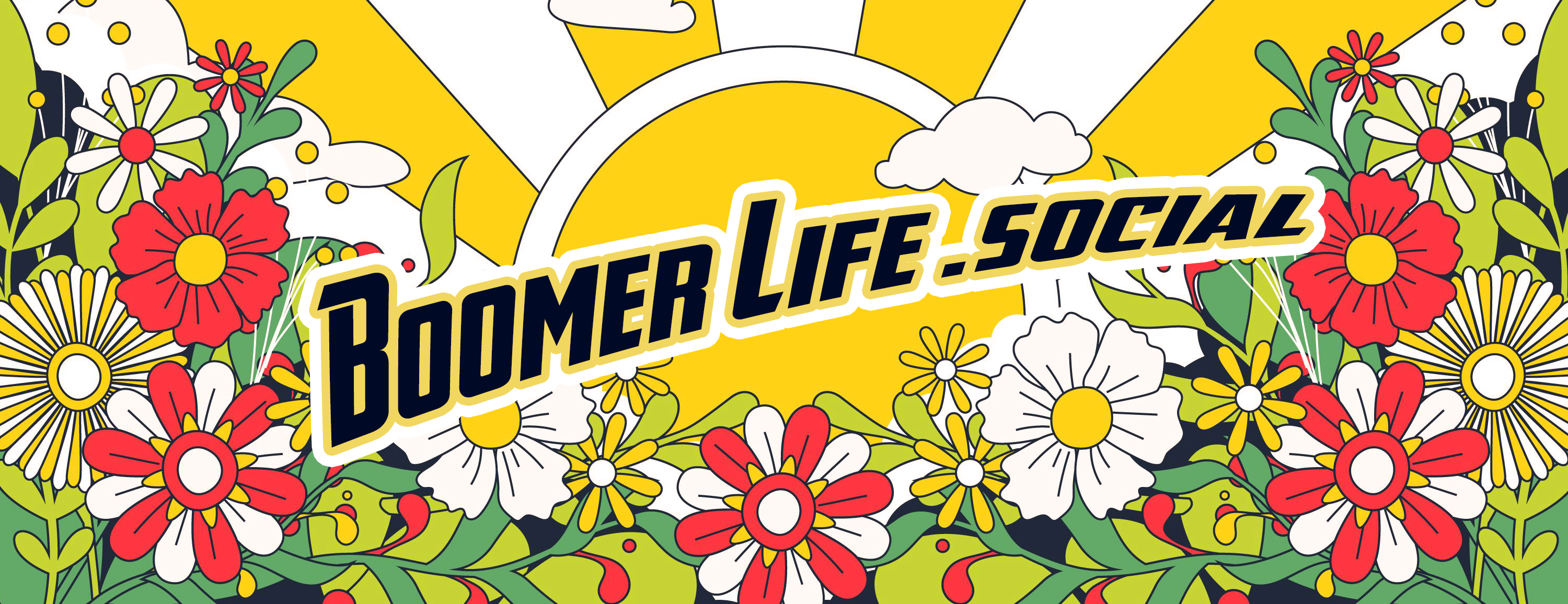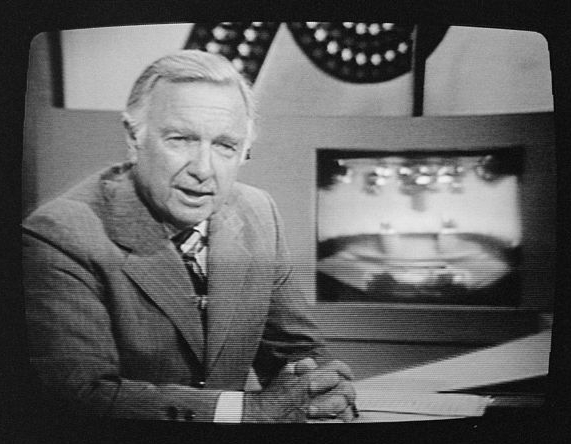Share this article with your network of friends!
For seniors who have witnessed the evolution of pop culture over the decades, the smiley face, with its simple yet powerful expression of joy, remains an enduring symbol of positivity. From its humble beginnings in the 1960s to becoming a global icon of happiness, the smiley has left an indelible mark on popular culture. In this article, we explore the origins of the smiley, its cultural impact, and why it continues to bring smiles to faces across generations.
The Birth of the Smiley
The smiley face, with its distinctive circular shape, bright yellow color, and simple black eyes and smile, was first created in 1963 by Harvey Ross Ball, an American graphic artist. Ball was commissioned by an insurance company in Massachusetts to design a morale-boosting image for their employees. In less than 10 minutes, he sketched the iconic smiley face that we know today.
The image became an instant hit, with employees displaying it on buttons, posters, and other paraphernalia. Its popularity spread beyond the company, catching the attention of the general public and media.
Cultural Impact and the “Have a Nice Day” Era
During the 1970s, the smiley face became synonymous with the “Have a Nice Day” movement. The simple and cheerful design reflected the prevailing sentiment of spreading positivity and good vibes. It appeared on clothing, accessories, and various products, becoming a ubiquitous symbol of the era.
The smiley’s cultural impact reached new heights with the release of the song “Have a Nice Day” by American band The Spiral Starecase in 1969. The song’s catchy melody and optimistic lyrics further solidified the association between the smiley face and the message of spreading joy and happiness.
The 1980s: “Smiley Central”
In the 1980s, the smiley face experienced a resurgence of popularity, becoming an essential element of pop culture. It became a central theme in various forms of media, including television shows, movies, and advertisements. The smiley face also played a significant role in the emerging electronic communication era, appearing in emoticons, a precursor to the modern-day emojis.
Embracing the Digital Age
As technology advanced, the smiley face found new life in the digital age. In the late 1990s and early 2000s, the advent of instant messaging and email led to the widespread use of emojis, including the smiley face. Emoticons and emojis have become integral to online communication, allowing people to express emotions and add a touch of humor and positivity to their messages.
A Symbol of Universal Joy
The smiley face has transcended cultural and language barriers, becoming a universal symbol of joy and happiness. It evokes positive emotions and is a simple yet powerful way to connect with others on an emotional level.
Conclusion
As seniors who have experienced the cultural shifts of the past decades, you have seen the rise of the smiley face as a symbol of universal joy and positivity. From its creation by Harvey Ross Ball in the 1960s to becoming an integral part of digital communication in the 21st century, the smiley has remained a timeless icon of happiness.
So let us celebrate the enduring charm of the smiley face—a simple design that continues to bring smiles to faces and spreads positivity across generations. As we encounter this cheerful symbol in our daily lives, may it serve as a reminder of the power of a smile and the enduring impact of spreading joy and happiness to those around us.
DISCLAIMER: This website contains articles for informational and entertainment purposes only. No articles on this website should be considered as professional advice for any medical, legal, or financial matter. Advertisements and content may contain affiliate links, where the website earns a commission for sales derived from our users.





